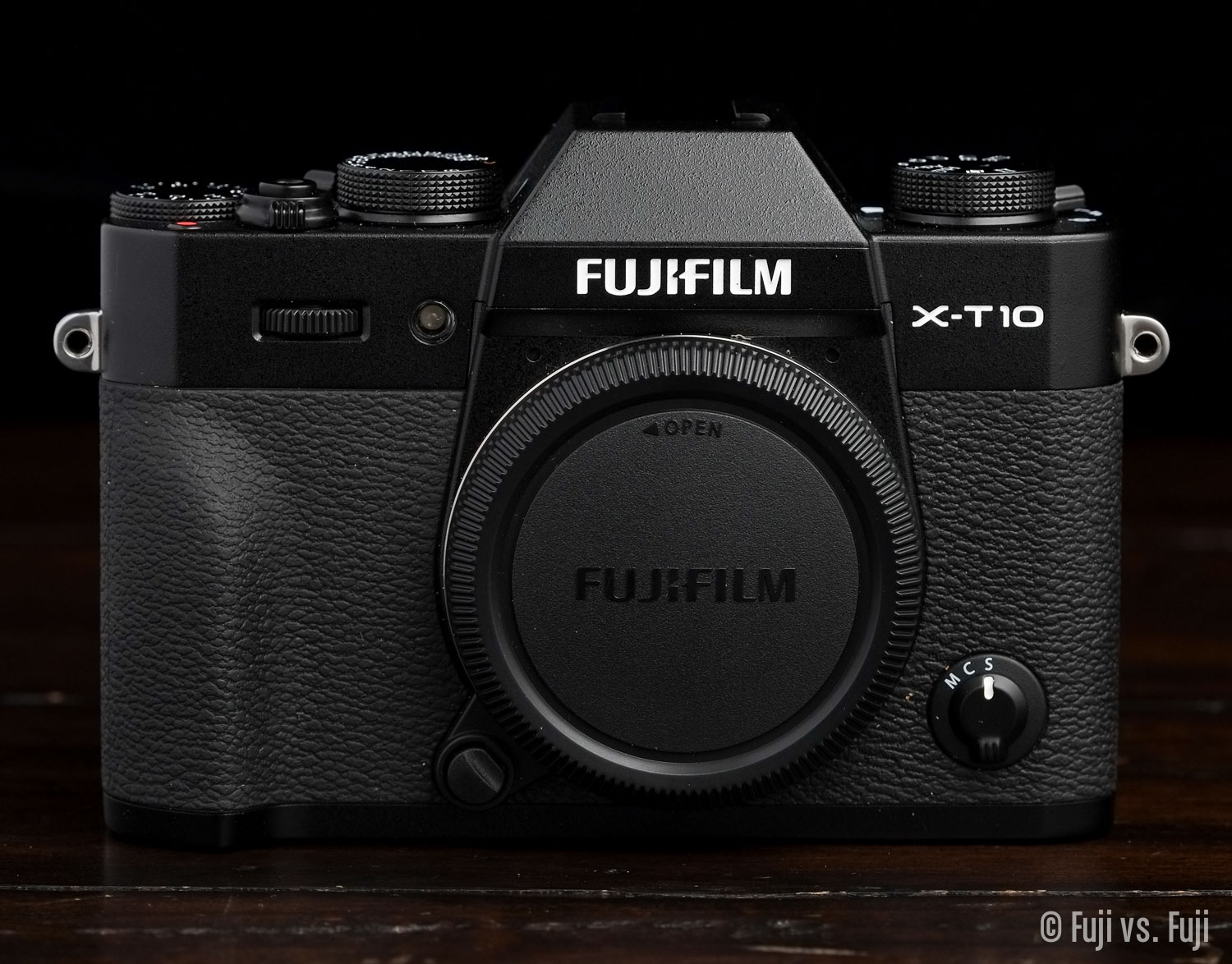For reference, here are the lenses included in each kit:
Nikon 35mm Slow: 16-35mm f/4, 24-70mm f/2.8, 70-200mm f/4
Nikon 35mm Fast: 14-24mm f/2.8, 24-70mm f/2.8, 70-200mm f/2.8
Canon 35mm Slow: 16-35mm f/4, 24-70mm f/4, 70-200mm f/4
Canon 35mm Fast: 16-35mm f/2.8, 24-70mm f/2.8, 70-200mm f/2.8
As you can see, Nikon’s offerings are a little less complete than Canon’s, and weight a little more. I apparently had chosen the wrong brand when it came to weight before moving to mirrorless. Even compared to Canon’s lightest option, a complete zoom kit from Fuji will still run you almost ¾ of a kilogram, or over a pound and a half in weight. The reduction in weight only gets better compared to the other options. I also opted for the “heavy duty” support setup on both of the “Fast” versions for 35mm due to their increased weight. You can read more about those in my Heavy Issues article which will updated to include the 16-55mm f/2.8 shortly.
Mirrorless vs. DSLR APS-C
I’m sure there are some out there ready to take me to task for comparing Fuji’s APS-C-based system to 35mm DSLRs. As it turns out, things don’t get much better for the chunky DSLR by moving down to the APS-C bodies, assuming comparable lens quality and capabilities are a necessity.























